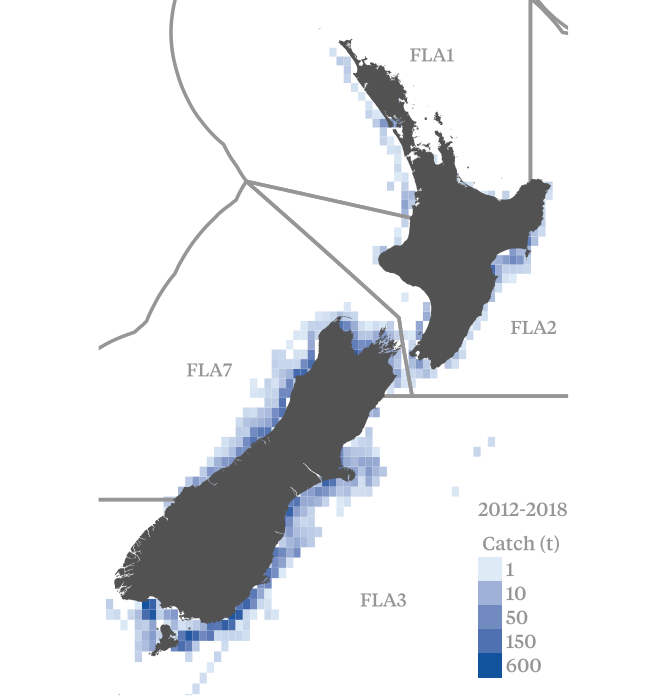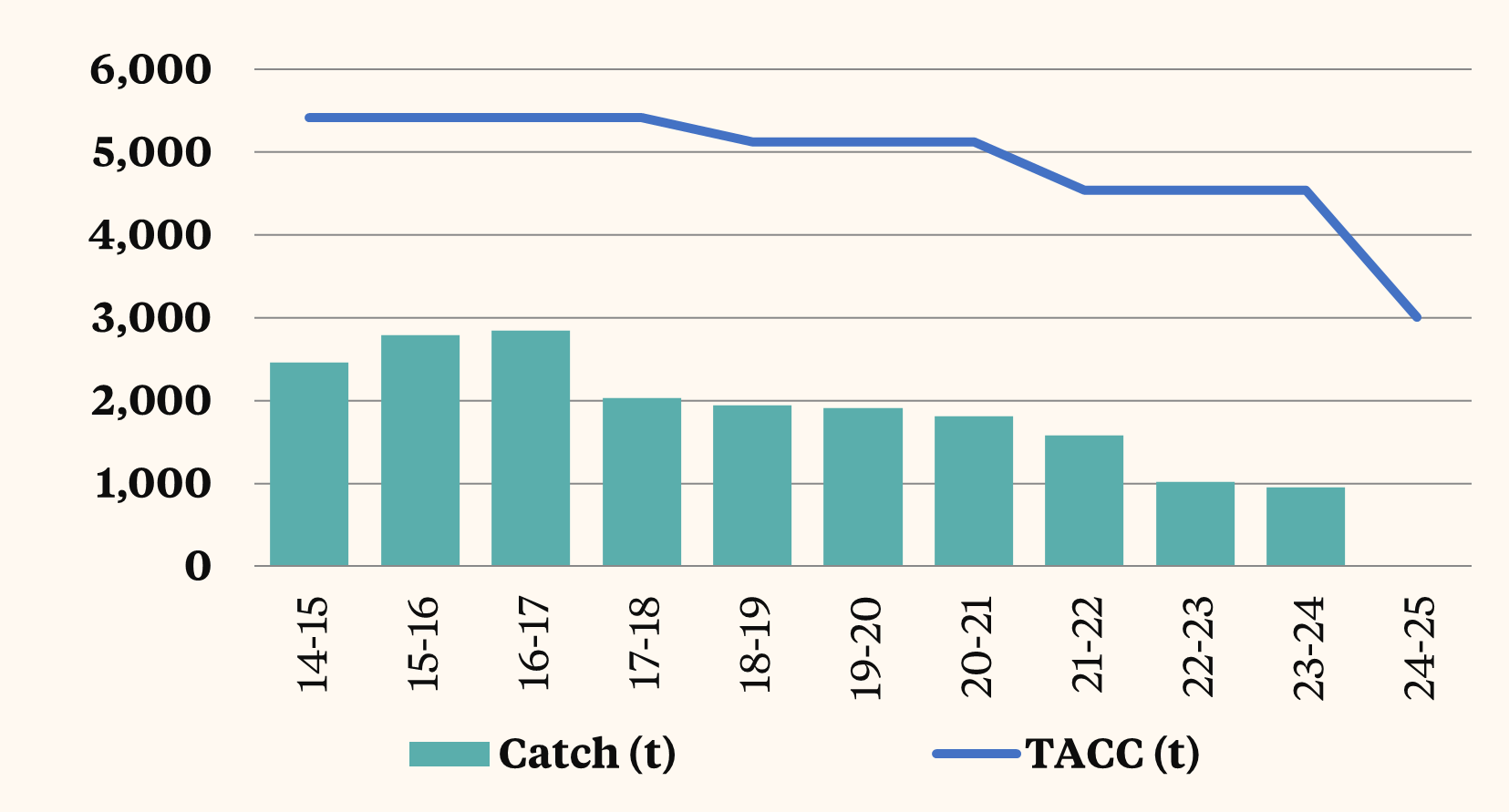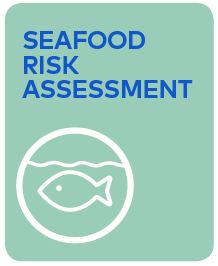Patiki, Flounder, Sole, Common Sole, Turbot, Yellowbelly flounder, Sand flounder, Lemon sole
Flatfish are shallow-water species, taken mainly by target inshore trawl and Danish seine fleets around the South Island.
Flatfish Individual Transferable Quota (ITQ) provides for the landing of eight species of flatfish. These are the yellow-belly flounder, Rhombosolea leporine (YBF); sand flounder, Rhombosolea plebeian (SFL); black flounder, Rhombosolea retiaria (BFL); greenback flounder, Rhombosolea tapirina (GFL); lemon sole, Pelotretis flavilatus (LSO); New Zealand sole, Peltorhamphus novaezeelandiae (ESO); brill, Colistium guntheri (BRI); and turbot, Colistium nudipinnis (TUR). For management purposes, landings of these species are combined (FLA).
The proportion that each species contributes to the catch is expected to vary annually. Because the adult populations of most species generally consist of only one or two year classes at any time, the size of the populations depends heavily on the strength of the recruiting year class and is therefore thought to be highly variable. Flatfish catch limits have generally been set at high levels so as to provide fishers with the flexibility to take advantage of the perceived variability associated with annual flatfish abundance.
There are important recreational fisheries, mainly for the four flounder species, in most harbours, estuaries, coastal lakes, and coastal inlets throughout New Zealand.
Flatfish are managed by Fisheries New Zealand using the Quota Management System (QMS).
The risk assessment for flatfish is currently under review.
The risk assessment framework is used to assess the relative environmental risks of Australian and New Zealand wild-caught fisheries on fish stocks and the aquatic environment.
Assessments are undertaken for each species according to multiple ‘units of assessment’ (UoAs). The UoA is a combination of target species/stock and the gear type used by the fishery. Each UoA is assessed against three components for target species, bycatch and ecosystems, and management systems. Each component has a number of performance indicators, which have associated criteria, scoring issues, and scoring guideposts. For each UoA, each performance indicator is assigned a risk score according to how well the fishery performs against the scoring guideposts.
The risk assessment framework is currently under review and new risk assessments will be available soon.


Risk Assessment Summary

The risk assessment for flatfish is currently under review.
